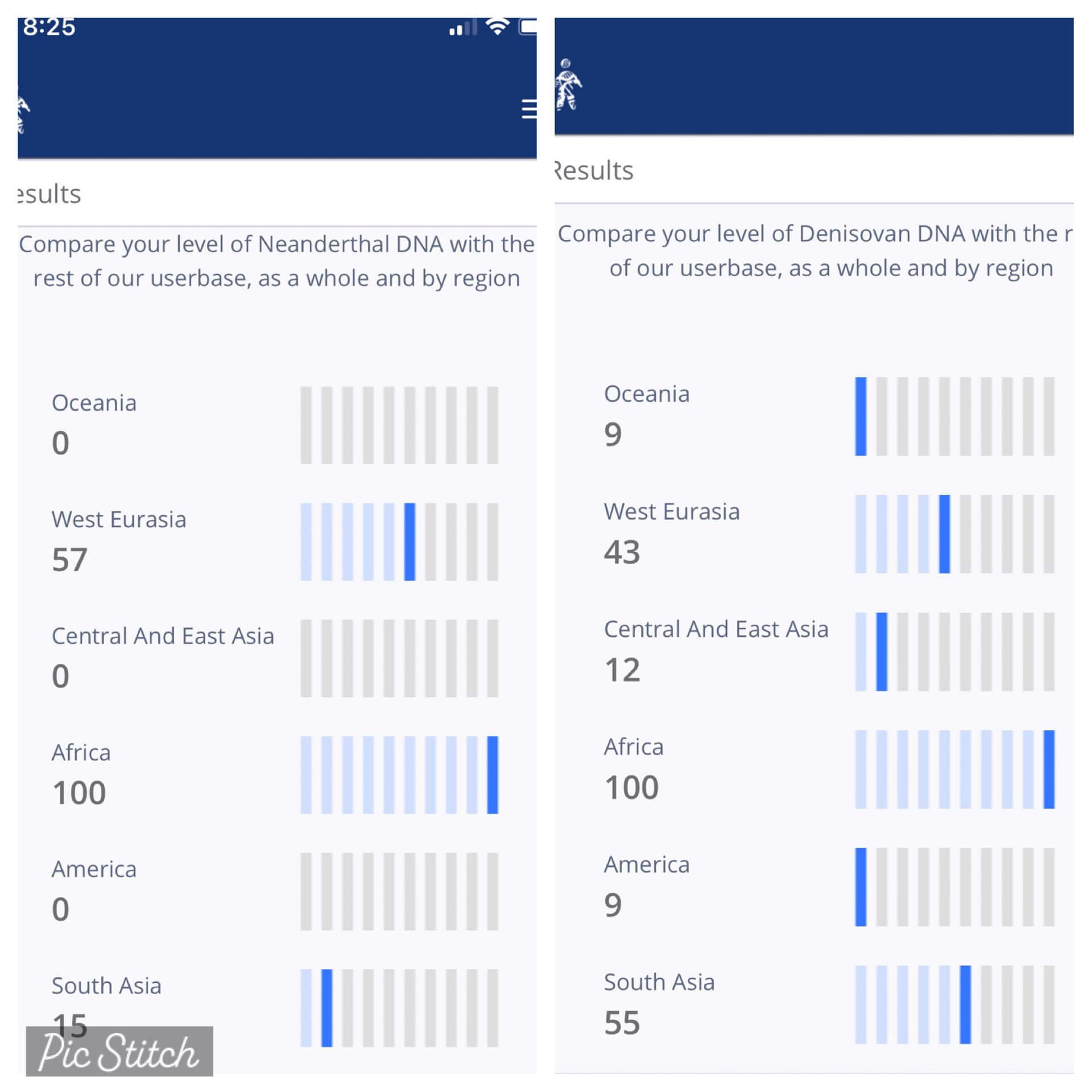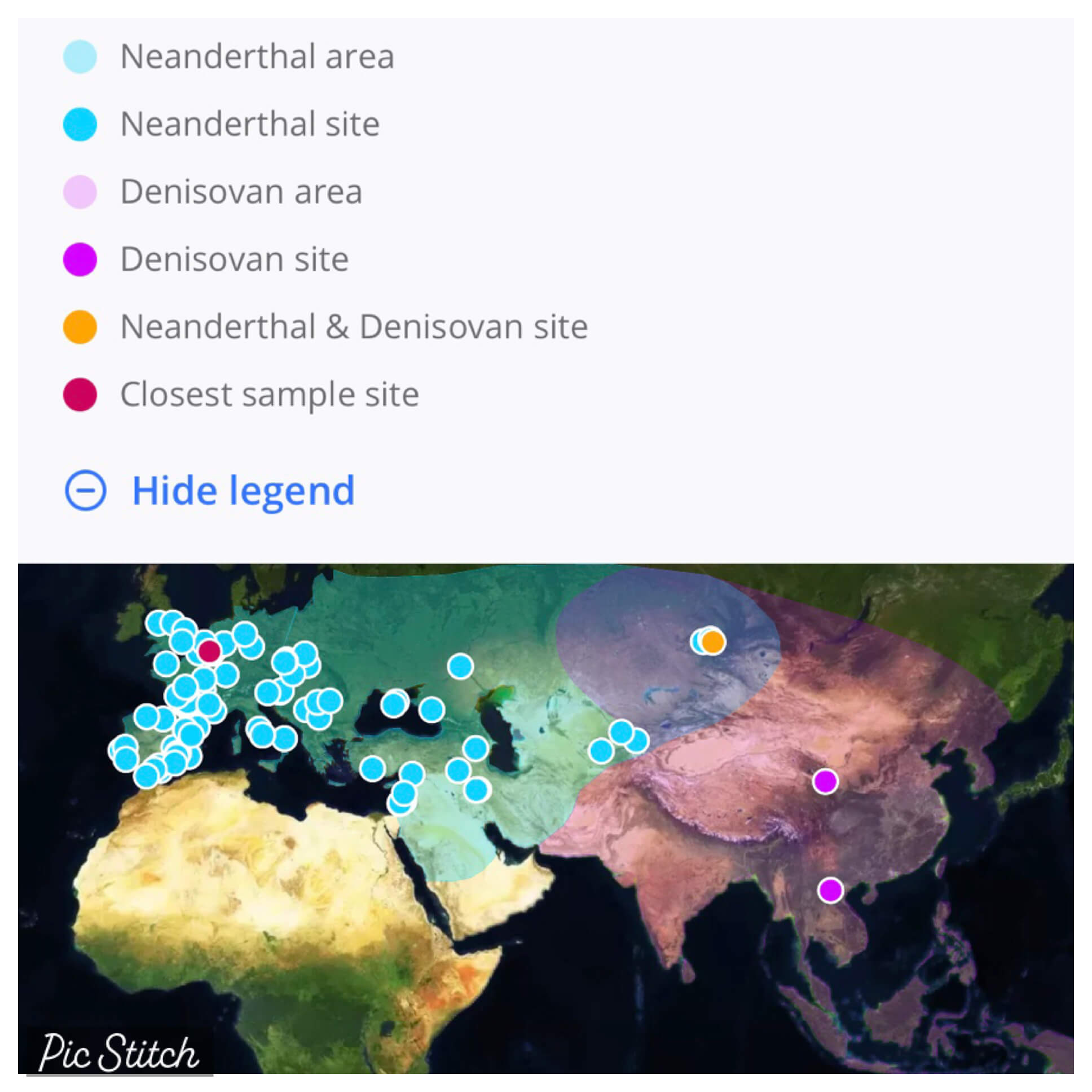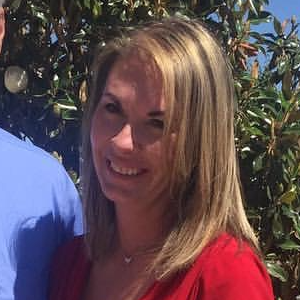What do you know about your Archaic Human DNA? Before Homo sapiens became the dominant and only surviving human species there were also archaic human species. The period of time for these species dates back as far as 400,000 years and as recently as 15,000 years. As more and more analysis is done on DNA extracted from remains of ancient human species it is becoming clear that not all archaic humans disappeared completely. What survived? Neanderthal and Denisovan DNA has survived through interbreeding with more modern day humans thousands of years ago. Neanderthals can be found in all human populations outside of Africa, while Denisovans can be found only in Asia and Oceania.
Living DNA currently has a test that can help you explore how much of your DNA is assigned to Neanderthal and Denisovan humans. The test can also show what physical traits you may have inherited from these ancient ancestors of yours. These physical traits may have helped improve survival rates as your ancestors migrated across Africa. Here are some examples:
- Altitude Adaptation - there is a genetic variation with gene (EPAS1) that helps with coping with low oxygen at high altitudes. This variant was introduced in Denisovans into the Nepalese Sherpa people about 30,000 years ago.
- Sleeping Patterns - Are you a morning person? Night Owl? Do you like to nap during the day? These traits come from genes ASB1 and EXOC6 and are believed to have been introduced into human genomes from Neanderthal DNA.
- Immune System Benefits - These variants have aided human adaptation to non-African environments and specifically more newly encountered diseases. The genes are STAT2, OAS1, OAS2, OAS3, TLR1, TLR6, TLR19, HLA and TNFAIP3. These are ascribed to Neanderthal DNA.
- Hair Colour and Type - The variants SLC24A4 and EXCO2 were introduced into the human gene pool approximately 40,000 to 50,000 years ago and came from Neanderthal DNA.
- Skin Pigmentation and Sun Exposure Reaction - HYAL2, OCA2, BNC2, POU2F3, HYAL3, and RUNX2 are associated with an adaptive introgression of Neanderthal DNA. There are also two genes that are associated with skin freckles that also came from Neanderthal DNA BNC2 and MC1R. (https://my.livingdna.com/archaic/traits)

If you do the LivingDNA Archaic DNA test you will get a Neanderthal and Denisovans score. Here is a breakdown of how they get the score for each category. There have been 3,990 human genome locations identified originating in Neanderthals. You take that number times 2 to get the total alleles (DNA letters). So scores can range from 0 to 7,980. Scores usually range between 250 to 400 for people without African ancestry. With Denisovans there are 827 human gene locations. Once again multiply by 2 to get the total alleles and your score can range between 0 and 1,634. However, the highest score you could expect would be 400 for this group. You are then given a percentile which represents the fraction of your genome that came from either group. You are then shown six different regions where your Neanderthal/Denisovans DNA came from. If the blue bar is to the left your score is less than the people in the group. To the right your score is higher than the people in the group. Here are the six regions:
- Oceania: Native populations from Australasia, Melanesia, Micronesia, and Polynesia.
- America: Native populations from North, Central and South America.
- West Eurasia: Populations from Europe, the Middle East and the Caucasus regions.
- South Asia: Populations to India, Pakistan, Bangladesh, Bhutan, Nepal, and Sri Lanka.
- Central and East Asia: Populations from Central Asia, Siberia, East Asia and continental Southeast Asia.
- Africa: Population from the African continent. (https://my.livingdna.com/archaic/results)
While this may all seem a little complex it is a fun detail to know. I know it was fun to see certain of my traits such as being a night owl, getting sunburned easily, and freckles came from my Neanderthal genes. Imagine what our ancestors would think if they could see how much we can learn about not only our ancestors but even our ancient ancestors. Science can be amazing, and I cannot wait to see where we are in the future.
We can help
If you need any help finding your ancestors, just let us know.


